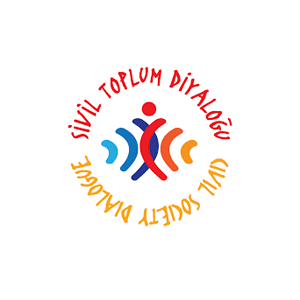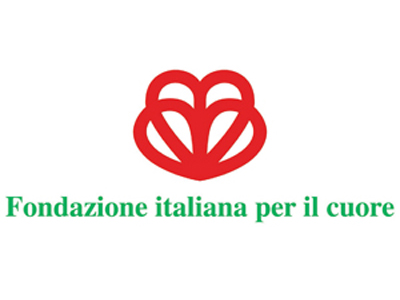
Kardiyovasküler hastalıklar (KVH), mortalite ve morbiditenin ana nedeni olarak giderek daha önemli bir rol oynamaktadır ve dünya genelinde önde gelen sağlık sorunlarından biridir [1–3]. Ülkemizde kalp ve damar hastalıkları (KVH) ile ilişkili ölümler listenin başında yer almaktadır. Kardiyovasküler hastalıklardan ölüm oranını azaltmak için kardiyovasküler risk faktörleri kontrol altına alınmalıdır. Ekonomik dönüşüm, kentleşme, sanayileşme ve tütün kullanımı, fiziksel hareketsizlik ve sağlıksız beslenme gibi yaşam tarzı değişikliklerine neden olan küreselleşme, kalp hastalıklarının ilerlemesi ile sıkı bir şekilde ilişkilidir. Gelişmiş ve gelişmekte olan ülkelerde yaşam beklentisi hızla artıyor ve insanlar bu risk faktörlerine daha uzun süre maruz kalıyor
Kardiyovasküler hastalıklar (KVH), mortalite ve morbiditenin ana nedeni olarak giderek daha önemli bir rol oynamaktadır ve dünya genelinde önde gelen sağlık sorunlarından biridir [1–3]. Ülkemizde kalp ve damar hastalıkları (KVH) ile ilişkili ölümler listenin başında yer almaktadır. Kardiyovasküler hastalıklardan ölüm oranını azaltmak için kardiyovasküler risk faktörleri kontrol altına alınmalıdır. Ekonomik dönüşüm, kentleşme, sanayileşme ve tütün kullanımı, fiziksel hareketsizlik ve sağlıksız beslenme gibi yaşam tarzı değişikliklerine neden olan küreselleşme, kalp hastalıklarının ilerlemesi ile sıkı bir şekilde ilişkilidir. Gelişmiş ve gelişmekte olan ülkelerde yaşam beklentisi hızla artıyor ve insanlar bu risk faktörlerine daha uzun süre maruz kalıyor.[4] Günümüzde kadınlarda artmış obezite, metabolik sendrom ve sigara içme oranları, kardiyovasküler hastalıklarla ilişkili morbidite ve mortalitede önemli bir artışa yol açmaktadır. Özellikle Türk kadınları bazı risk faktörleri açısından erkeklerden çok daha olumsuz özellikler göstermektedir [5].Kardiyovasküler risk faktörleri arasında yaş, cinsiyet ve genetik / etnik faktörler “değişmeyen faktörler” grubundadır. Sigara ve diğer tütün ürünleri, sağlıksız beslenme alışkanlıkları, hareketsiz yaşam, fazla kilolu olma, dislipidemi, hipertansiyon ve diyabet ana “Değiştirilebilir” kardiyovasküler risk faktörleri grubu [1]. Bireyler düzenli fiziksel aktiviteye katılarak, tütün kullanımını ve pasif sigara içmekten kaçınarak, meyve ve sebze açısından zengin diyet seçerek, yağ, tuz ve şeker bakımından zengin gıdalardan kaçınarak ve sağlıklı bir vücut ağırlığını koruyarak kardiyovasküler hastalık riskini azaltabilir [1]. Sağlık uzmanları, kadınların KVH'deki risk faktörleri ve risk azaltma davranışları hakkında ne kadar bilgi sahibi olduğunu öğrenmelidir. Bu çalışma, Türkiye'de Erzurum'da bir birinci basamak sağlık ocağına başvuran kadınlarda kardiyovasküler hastalık risk faktörleri ve bu risk faktörlerinin prevalansı hakkında bilgi düzeyini ortaya koymak amacıyla yapılmıştır.
İNDİR











